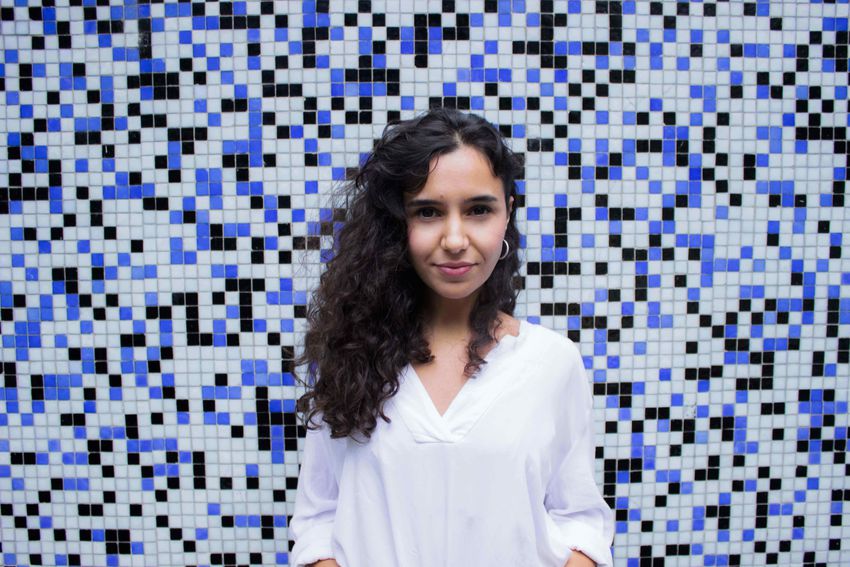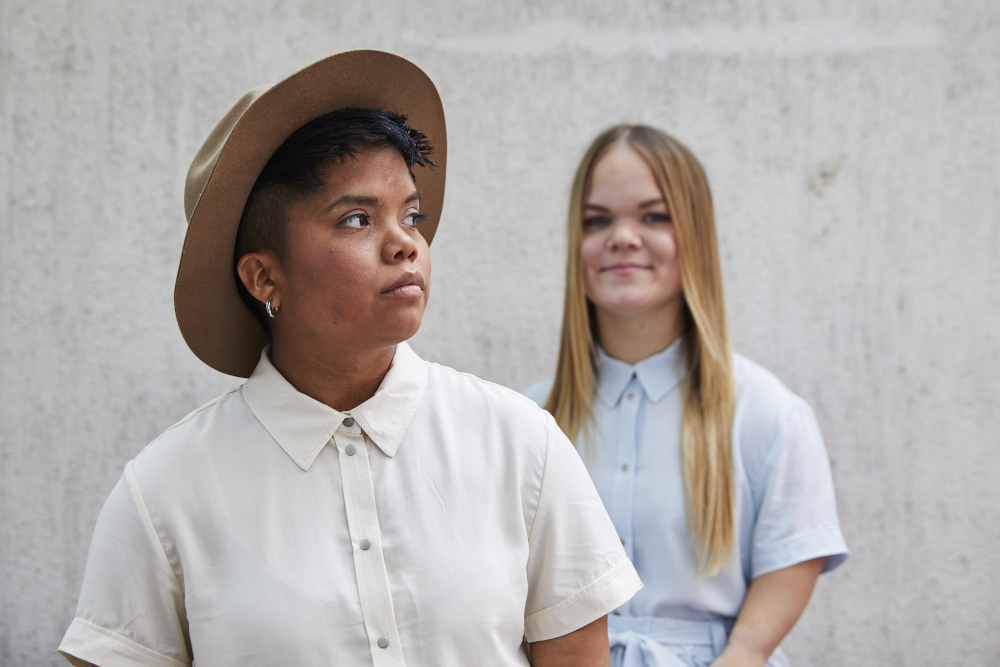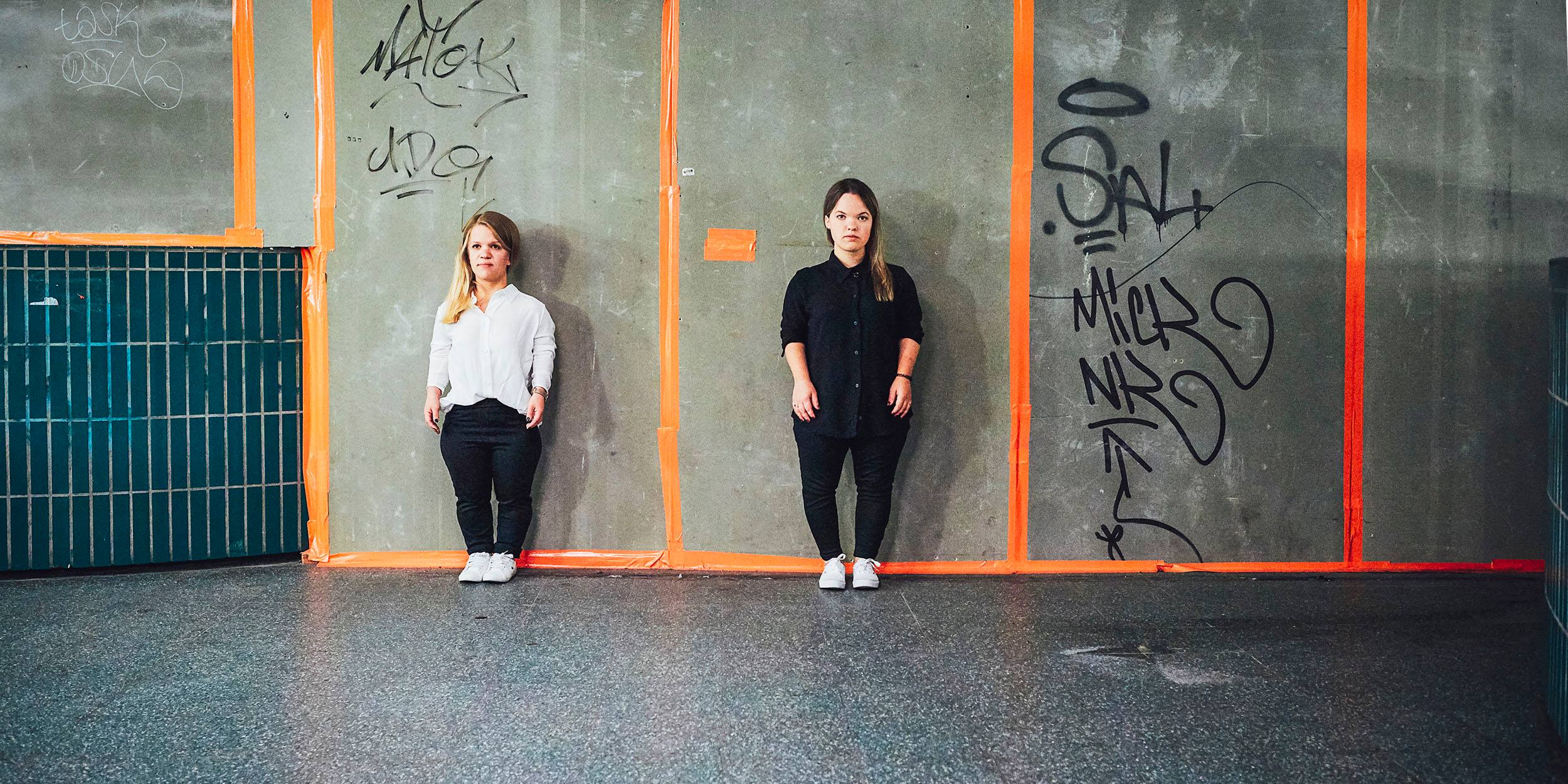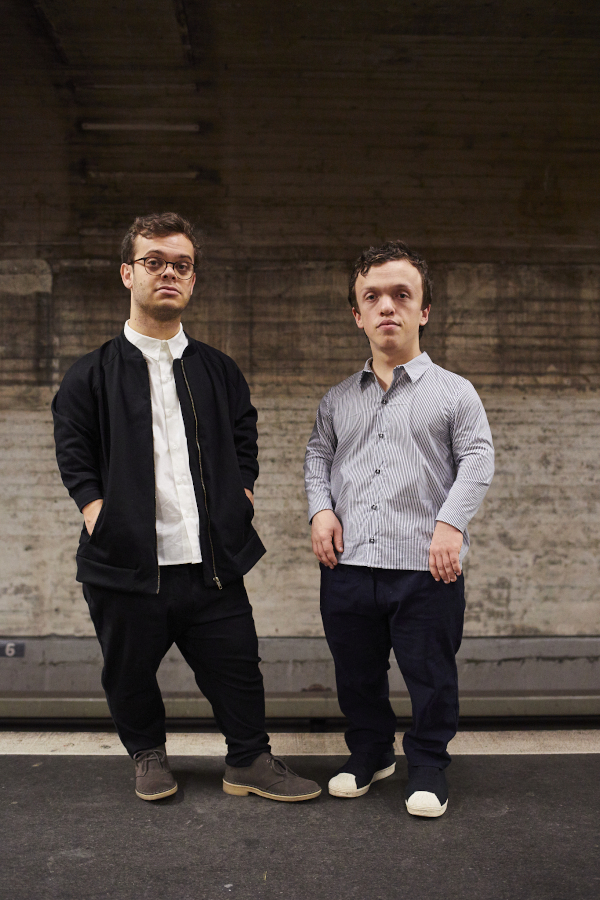New Work
Julie Buchanan: "I don't normally recommend anyone to go into the game audio industry"
Julie Buchanan is a freelance game audio composer who spoke …

Sema Gedik founded Germany’s first fashion label for little people. Here, she talks about the difficult beginnings and the first successes and wonders why diversity still doesn't play a role in the fashion industry.
I can still remember it clearly, it must have been 15 years ago. My cousin Funda was once more desperately looking for clothes to fit her and couldn't find any. Funda is small in stature. She lives in Turkey, and she always likes to look elegant. At the time, I was studying fashion design at the Berlin University of Applied Sciences (HTW), and it was clear to me that something had to change here. My studies were all about economics, including ecological sustainability, but didn’t include inclusion. So I took a close look at fashion for people of small stature and found out that there was no label for little people. There wasn't even a brand that was explicitly aimed at little people.
That's why I started Auf Augenhoehe, the first fashion label for little people in Germany and even worldwide. It all started in 2013, initially as a purely research project at the HTW. We were a small team and received a scholarship - not everyone is so lucky. That enabled us to create our initial pattern constructions and develop prototypes. As you may not know, there are more than 780,000 people of small stature worldwide. In Germany, there are around 100,000, although this figure includes anyone who is less than 1.50 m tall. The problem is that there is no clothing size chart or template for pattern construction that you can use as a guide. That's why I did everything myself. I approached people of short stature, measured them and finally created the first clothing size chart for short stature. We are currently developing the "Fit Finder", a new software for sizing. I have based all this on the most common form of short stature, achondroplasia, for which the proportions are completely different, with shorter, differently formed arms and bulkier buttock circumference. That is why ordinary clothes often do not fit. Many have to have their clothes specially tailored because even children's sizes don't fit. Mick Morris Mehnert, a little man I've worked with for years, once told me, "I just got tired of trying on Mickey Mouse shirts all the time." There was no way he could find a suit to fit because they were always too tight around the chest. I paid attention to all these things when creating the collection. And in my conversations with people of small stature, I have always felt a great sense of gratitude. After all, who gives a moment’s thought to how people of short stature dress?



Auf Augenhoehe is now on the market. Its first collection was shown in 2015 during Berlin Fashion Week, and since 2018 we’ve had an online store. For women the range includes cardigans, blouses and tights, and for men there are shirts, chinos and college blazers. Everything fits! I just wonder why we are the first and so far only ones doing something like this? There are clothes for wheelchair users or pregnant women here and there, but none for little people. The first fashion labels catering for people with physical disabilities have been started, such as Mob in Austria, or fashion designers like Christa de Carouge and Julian Zigerli, who organize fashion shows with and for models with disabilities. But nobody is catering for people with hyposomia or microsomia. And we are talking about an industry that on the one hand is organized on a small scale where on the other hand the large fashion chains that dominate the market totally ignore hyposomia. We see this in Fashion Spot's "Diversity Reports" where diversity that includes older, plus-size, transgender and non-binary models and models with disabilities hardly gets a look in. On the catwalks of this world, the percentage of transgender women or non-binary models is usually less than 2 percent. The same applies to plus-size models - the topic of inclusion and disability does not even come up. And this is despite the fact that society has been promoting inclusion for years. Germany has had an inclusion law for schools since 2009. In May 2021, an Accessibility Act was passed in the German Bundestag for the first time. It obliges companies to provide barrier-free access to products and services by 2025. It does not explicitly mention fashion production. And there are a number of exceptions, especially for smaller companies.
This shows that our label can only be a first step. We call this inclusion fashion. We don't want to segregate. We want fashion for people with microsomia to become a matter of course. Of course, it’s difficult to make a living from a fashion label like this. The competition is fierce, and yet I would be thrilled if especially the big chains were to follow suit. That would not only underline the urgency of our work, but at the same time it would make it clear that fashion for little people has finally arrived in the mainstream fashion industry. Wouldn't it be nice if little people could buy fashion off-the-rack for once? That would be progress towards the sustainable society everyone is talking about at the moment. We've made a start. Now others have to step up.
Do you know it? Our new magazine on sustainability and culture
You want to have the new CCB Magazine for free? [Click here]
Category: New Player
Also a good read
Subscribe to our monthly newsletter!